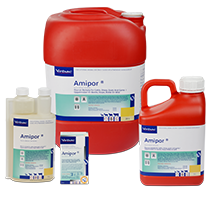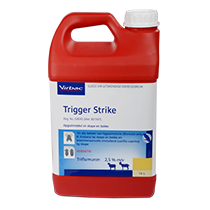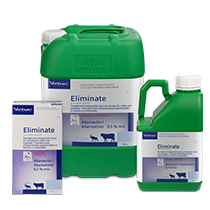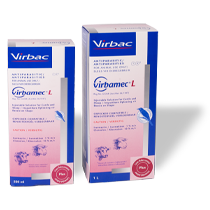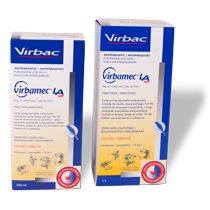
Redwater: Tick-borne Disease Infection of Cattle
Redwater disease is a devastating tick-born disease that affects the livestock across South Africa. It can be fatal. Two types of redwater disease can be distinguished, namely African and Asiatic/European redwater.
African redwater is transmitted from infected ticks to livestock. Ticks are infected when feeding on carrier or infected animals. It is transmitted from the larval stage to the nymph and adult tick. Infected ticks fall off disease-infected or carrier animals, female ticks lay their eggs on the ground. African redwater is caused by the Babesia bigemina parasite about 0,23% of ticks transmit the disease. Transmission occurs in the nymph and adult stages of R. decoloratus (blue tick) and R. microplus (pantropical blue tick). African redwater disease symptoms become noticeable 7-14 days after infection and include fever, anaemia, light- to dark-brown or red urine, poor appetite, weakness, dry nose, diarrhoea, dull coat, listlessness, unwillingness to move, abortion and, in advanced cases, jaundice.
Asiatic or European redwater is transmitted similarly. The female tick becomes infected and transmits the disease to her offspring; however, only the larval stage transmits the disease. The disease is caused by the Babesia bovis parasite and transmitted by the larval stage of R. microplus about 0,04% of ticks transmit the disease.
Symptoms occur 9-14 days after infection and include fever and nervous-system symptoms like convulsion, incoordination, muscle tremors, and coma. Other symptoms include anaemia, listlessness, dry nose, and unwillingness to move, weakness, poor appetite, dull coat, abortion, diarrhoea and, in advanced cases, jaundice.
Redwater disease is common in large parts of the country, except areas with very low rainfall where populations of infected or carrier ticks are low. Distribution is also associated with tick-transmitted anaplasmosis in livestock, with African redwater disease having a wider distribution than Asiatic redwater disease. Only arid parts like the Great Karoo and the Northern Cape have small populations of African redwater-infected or carrier ticks. Asiatic redwater is prevalent in Gauteng, Mpumalanga, KZN, Limpopo, the Eastern-Cape coastal area, and parts of the Western Cape. Outbreaks are more common during the warmer months, but also occur during autumn.
Infection may lead to abortion – or death shortly after birth. Fatalities are high if not treated.
Dizene Cattle® (7 mℓ/100 kg), together with Terralon LA if the animal suffers from gallsickness too, in addition to supportive treatments consisting of Rumix powder and vitamin B, can be used. Dipping is effective in controlling ticks – use amitraz/cypermethrin combination products. Frequent dipping helps to reduce the numbers of ticks.
Call us for more information on controlling and preventing outbreaks of Redwater disease in cattle.

